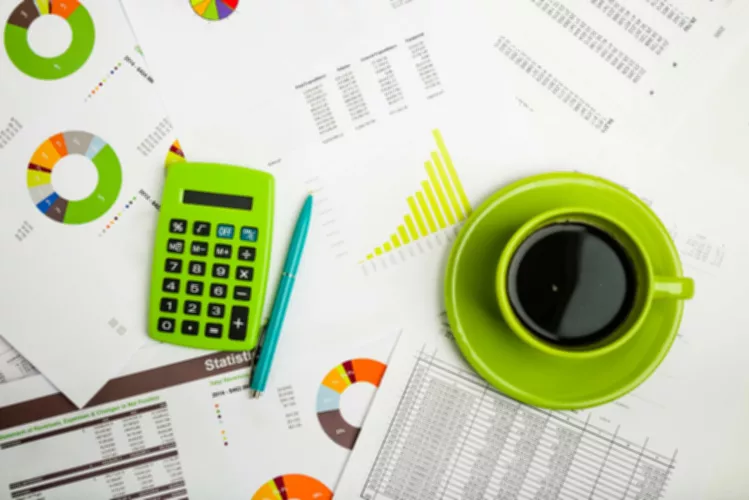Content

A good example would be the anticipated trade-in or resale value of a car or truck. Naturally, this is an estimate based upon prior experience, assumed wear-and-tear and the expected condition of the asset when brought to the market. Depreciation is a periodic accounting charge that lowers the value of assets over their useful lives.
The Australian Accounting Standards Board recognises that the renewal of an asset represents the disposal of the existing asset and the creation of a new asset with a new Useful Life. Scrap Value is the value of the component parts if they were sold piecemeal.
best practices when using salvage values
A given piece of equipment can include software, circuitry components, structural components and metals that can be sold at market. Salvage Value estimates need to be reasonable and supportable, not drawn from whole salvage value cloth. At the same time, Salvage Value is an estimate, not a prophecy of future value. The key to a reasonable and supportable estimate is to create a rational procedure that is followed when addressing the subject.
Salvage Value Definition – Investopedia
Salvage Value Definition.
Posted: Sat, 25 Mar 2017 21:36:56 GMT [source]
It’s just an estimate since your business may be able to continue using an asset past its useful life without incident. FREE INVESTMENT BANKING COURSELearn the foundation of Investment banking, financial modeling, valuations and more. After ten years, no one knows what a piece of equipment or machinery would cost.
How Salvage Value Impacts Depreciation Expense
In other words, it is not simply the length of time an asset is in use that affects its potential resale value. The way an asset has been operated, used, and otherwise maintained during its useful life can have a real effect on its future market value. Such considerations may affect a company or individual’s decision whether to lease or buy an asset. An individual may decide it is better financially to purchase a car than lease it if he or she believes it will have a higher resale value than is assigned by the dealer. The IRS requires you to depreciate most property put into service after 1986 using the modified accelerated cost recovery system, though you can elect to exclude certain properties from MACRS. This system determines the depreciable lifetime of your property and offers its own set of depreciation methods. To calculate the annual depreciation expense, the depreciable cost (i.e. the asset’s purchase price minus the residual value assumption) is divided by the useful life assumption.
The use of standard values in certain situations eliminates discrepancies that may arise from individual estimates. Next, the annual depreciation can be calculated by subtracting the residual value from the PP&E purchase price and dividing that amount by the useful life assumption. The depreciation journal entry accounts are the same every time — a debit to depreciation expense and a credit to accumulated depreciation. Here’s the annual journal entry for the refrigerator’s depreciation. Map out the asset’s monthly or annual depreciation by creating a depreciation schedule. Cash method businesses don’t depreciate assets on their books since they track revenue and expenses as cash comes and goes. However, calculating salvage value helps all companies estimate how much money they can expect to get out of the asset when its useful life expires.


